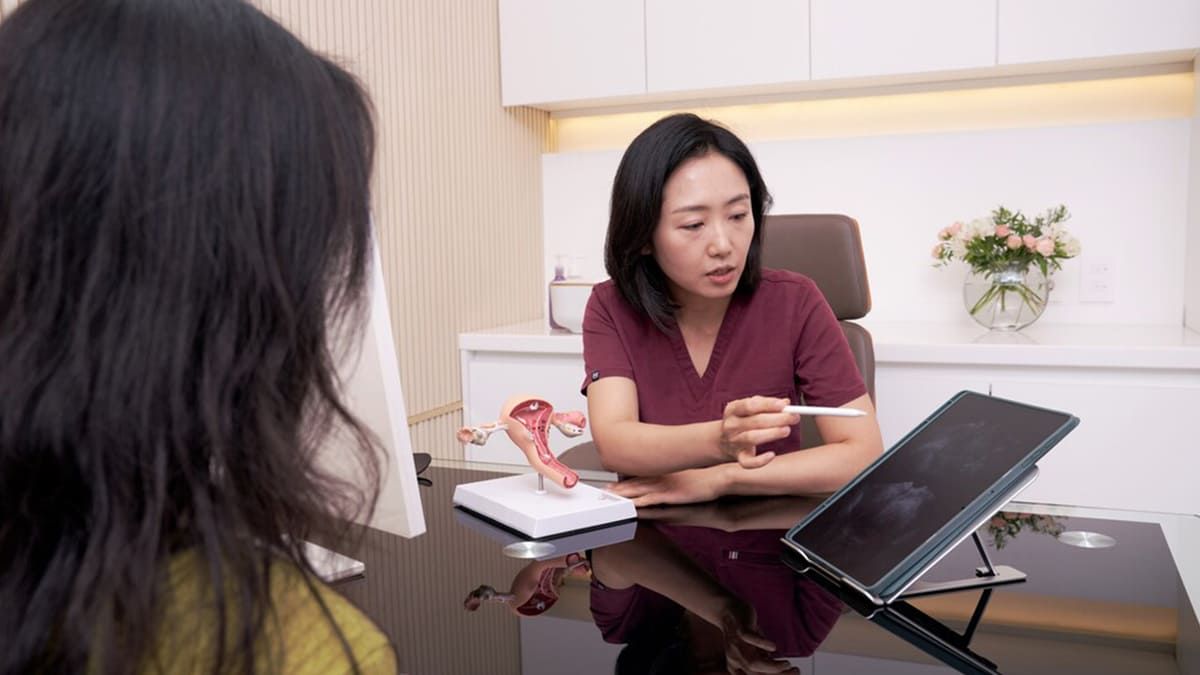Uterine Fibroids in Korea
Uterine Fibroids in Korea – Seoul | Diagnosis, Treatment & Best Care
Uterine fibroids are common non-cancerous growths that can affect women's health. In Korea—especially Seoul—access to advanced diagnosis, monitoring, and diverse treatment options for uterine fibroids is excellent.
Why Uterine Fibroid Management Matters
Proper management is important for:
- Alleviating Symptoms: Relieving heavy bleeding, pain, pressure, and urinary issues.
- Preventing Complications: Addressing anemia, fertility issues, or organ interference.
- Preserving Fertility and Uterus: Offering options that aim to remove fibroids while preserving the uterus.
- Improving Quality of Life: Reducing discomfort and daily disruptions.
What are Uterine Fibroids?
Fibroids are benign tumors in the uterine wall, varying in size and number.
- Types: Classified by location: Intramural (in wall), Subserosal (outside), Submucosal (into cavity), Pedunculated (on a stalk).
- Symptoms: Many are asymptomatic. Common symptoms include heavy bleeding, pelvic pressure/pain, frequent urination, constipation, backache, and sometimes infertility.
- Diagnosis: Primarily pelvic exam and imaging (ultrasound, MRI, hysteroscopy).
Where to Get Diagnosed & Treated in Seoul
Seoul offers numerous clinics and hospitals:
- OB/GYN Clinics: Primary locations for diagnosis and management, with specialized expertise.
- Large University Hospitals: For complex cases, large/numerous fibroids, or advanced surgical needs.
- International Clinics in Gangnam & Itaewon: English-speaking staff, catering to expats.
Cost Breakdown
Costs are generally affordable, even without national health insurance, varying by clinic and treatment.
- Initial Consultation & Pelvic Ultrasound: ₩50,000 – ₩150,000 (approx. $37 – $110 USD).
- Additional Imaging (if needed): MRI (₩300,000 – ₩800,000), CT Scan (₩150,000 – ₩400,000), Diagnostic Hysteroscopy (₩200,000 – ₩500,000).
- Blood Tests: ₩30,000 – ₩100,000.
- Medication (per month): GnRH agonists (₩100,000 – ₩300,000+), Progestin IUDs (₩200,000 – ₩400,000 for device + insertion).
- Surgical Procedures (Myomectomy/Hysterectomy/UFE): Ranging from ₩2,000,000 – ₩10,000,000+ ($1,500 – $7,500+ USD) depending on type and complexity.
What to Expect During Diagnosis & Treatment
- Detailed History & Exam: Review of symptoms and health.
- Pelvic Ultrasound & Further Imaging: To identify and map fibroids.
- Personalized Treatment Plan: Based on symptoms, fibroid characteristics, fertility plans, and overall health.
- Watchful Waiting: For small, asymptomatic fibroids.
- Medications: To manage symptoms or temporarily shrink fibroids.
- Minimally Invasive Procedures: Uterine Fibroid Embolization (UFE), Hysteroscopic Myomectomy.
- Surgical Removal (Myomectomy): Preserves uterus, via laparoscopy, robotics, or open surgery.
- Hysterectomy: Uterus removal, definitive solution for severe cases.
- Newer Options: HIFU ablation at specialized centers.
Recovery & Aftercare Tips
- Medication: Follow instructions.
- Minimally Invasive Procedures: Quicker recovery (days to a week).
- Laparoscopic/Robotic Surgery: Faster recovery (2-4 weeks).
- Open Surgery: Longer recovery (4-6+ weeks).
- Follow all post-procedure instructions and attend follow-up appointments.
Uterine fibroid diagnosis and treatment in Seoul are accessible, affordable, and professional, ensuring optimal well-being.
Pro Tip: Detail your symptoms and fertility plans. Inquire about all available approaches, including non-surgical and minimally invasive options.





